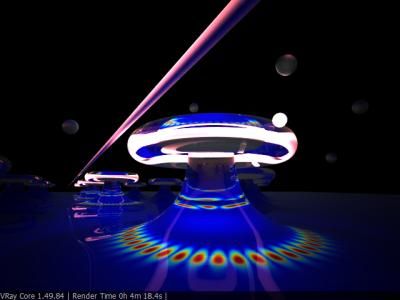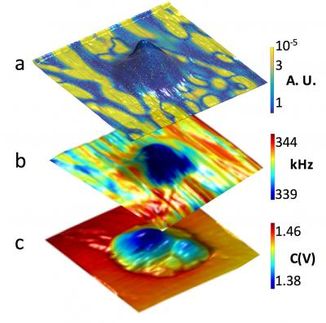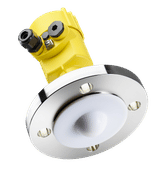A more sensitive sensor
TAU pioneers sensor technology for industry using nano-sized carbon tubes
Advertisement
Electro-mechanical sensors tell the airbag in your car to inflate and rotate your iPhone screen to match your position on the couch. Now a research group of Tel Aviv University's Faculty of Engineering is making the technology even more useful.
Prof. Yael Hanein, Dr. Slava Krylov and their doctoral student Assaf Ya'akobovitz have set out to make sensors for microelectromechanical systems (MEMS) significantly more sensitive and reliable than they are today. And they're shrinking their work to nano-size to do it.
More sensitive sensors means more thrilling videogames, better functioning prosthetic limbs, cars that can detect collisions and dangerous turns before they occur, and -- in the defense industry -- missiles that can reach a target far more precisely.
Miniscule earthquakes
Able to "feel" and sense the movement of individual atoms, the researchers' new MEMS sensing device uses small carbon tubes, nano in size -- about one-billionth of a meter long. Creating these tiny tubes using a process involving methane gas and a furnace, Prof. Hanein has developed a method whereby they arrange themselves on a surface of a silicon chip to accurately sense tiny movements and changes in gravity.
In the device developed by Prof. Hanein's and Dr. Krylov's team, a very tiny nanometer scale tube is added onto much larger micrometer-scale MEMS devices. Small deformities in the crystal structure of the tubes register a change in the movement of the nano object, and deliver the amplitude of the movement through an electrical impulse. "It's such a tiny thing," Prof. Hanein says. "But at our resolution, we are able to feel the motion of objects as small as a few atoms."
"Originally developed mainly for the car industry, miniature sensors are all around us," says Prof. Hanein. "We've been able to fabricate a new device where the nano structures are put onto a big surface -- and they can be arranged in a process that doesn't require human intervention, so they're easier to manufacture. We can drive these nano-sensing tubes to wherever we need them to go, which could be very convenient and cost-effective across a broad spectrum of industries."
Until now, Prof. Hanein explains, the field of creating sensors for nanotechnology has been primarily based on manual operation requiring time-consuming techniques. Prof. Hanein and her team have developed a sensitive but abundant and cost-effective material that can be coated onto prosthetic limbs, inserted into new video games for more exciting play, and used by the auto industry to detect a potential collision before it becomes fatal.
Markets in motion
The market for MEMS devices, which take mechanical signals and convert them into electrical impulses, is estimated to be worth billions. "The main challenge facing the industry today is to make these basic sensors a lot more sensitive, to recognize minute changes in motion and position. Obviously there is a huge interest from the military, which recognizes the navigation potential of such technologies, but there are also humanitarian and recreational uses that can come out of such military developments," Prof. Hanein stresses. More sensitive MEMS could play a role in guided surgery, for example.
The TAU team is working on optimizing the system, hoping to make it at least 100 times more sensitive than any sensor device on the market today.
Other news from the department science
These products might interest you
Most read news
More news from our other portals
See the theme worlds for related content
Topic world Sensor technology
Sensor technology has revolutionized the chemical industry by providing accurate, timely and reliable data across a wide range of processes. From monitoring critical parameters in production lines to early detection of potential malfunctions or hazards, sensors are the silent sentinels that ensure quality, efficiency and safety.

Topic world Sensor technology
Sensor technology has revolutionized the chemical industry by providing accurate, timely and reliable data across a wide range of processes. From monitoring critical parameters in production lines to early detection of potential malfunctions or hazards, sensors are the silent sentinels that ensure quality, efficiency and safety.



































































